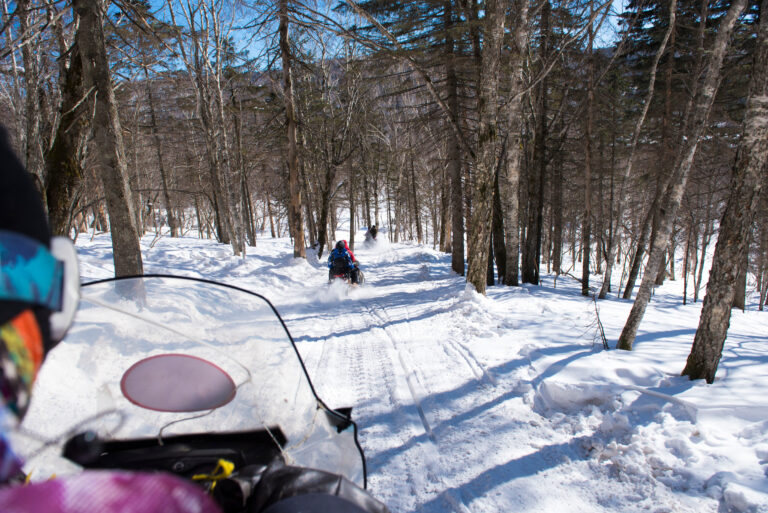Our river is as beautiful as it is alive—especially when an osprey catches a fish in front of you or you spot otters eating crayfish. Then there’s the river floating camaraderie and sharing the day’s adventures over a cold beverage. Or, maybe you prefer just taking in the slow, sweet song of the waves along the willows. Whatever your reason for loving the river, I challenge all of us to also become aware of the other signs along the river that are a cry for help. Here is a quick rundown of the sights and smells that indicate the impacts of every-day pollution and also give us opportunities to leave the river a better place than we found it.
Earlier this season as I rounded the bend of the river in my drift boat and dropped through the rapid at the mouth of Hangman Creek, I noticed that a large shoal of sand had built up just off of the mouth of the creek. As we worked down river, the bottom of the river was covered in sand! It covered the boulders and filled in around them. Unfortunately, this sand is pollution and is a profound assault on the redband trout population. It suffocates insect habitat, covers trout nesting areas, and buries trout refuges—all because of terrible land-use practices in the upper Hangman Creek basin. During certain years, these poor and, in some cases, illegal practices have filled the river during the flood events of February and March with sand. So the next time you are floating that stretch of river, look down at the sand. If you are hiking or biking the Centennial Trail, look for the light green shaded areas in the river below. This is a sure sign that our tributaries are degrading river health. Shoreline protection is needed to begin reducing this sediment that runs from the land and into our river.

The second big sign you can notice is the smell of the Cochran basin outfall pipe below TJ Meenach Bridge on river right. This drains all of the storm water from the streets of the north side of Spokane. We recently got the call to inspect this outfall when a kayaker reported bad smelling fluid was running out of it. We tested the water, and the results showed that fecal coliform counts were actually very low. In spite of the signs of pollution, the good news is that the river was not receiving dry weather sewage or storm water. The fluid, it turns out, was return water from sprinklers hitting the streets. But this aware kayaker may catch a problem next time!
The last sign involves all of the senses: litter. It dangles from the willows and blows along the beaches. Please encourage river users to pack out what they float in with. The Riverkeeper, with the help of volunteers, has picked up over 4000 pounds of litter from the banks of the river this year. Plastics and micro plastics are becoming a huge issue in our environment, and recently a local student scientist found that whitefish in the river were indeed eating plastic. The impacts of plastic are becoming more real with each passing year.
So look, listen, and smell the beauty of nature. Use your senses to understand the signs of pollution, then report it when you see it. After all, we all want to leave the river a better place than we found it.
Jerry White, Jr. is the Spokane Riverkeeper. He contributed a River Rambles column in July.













